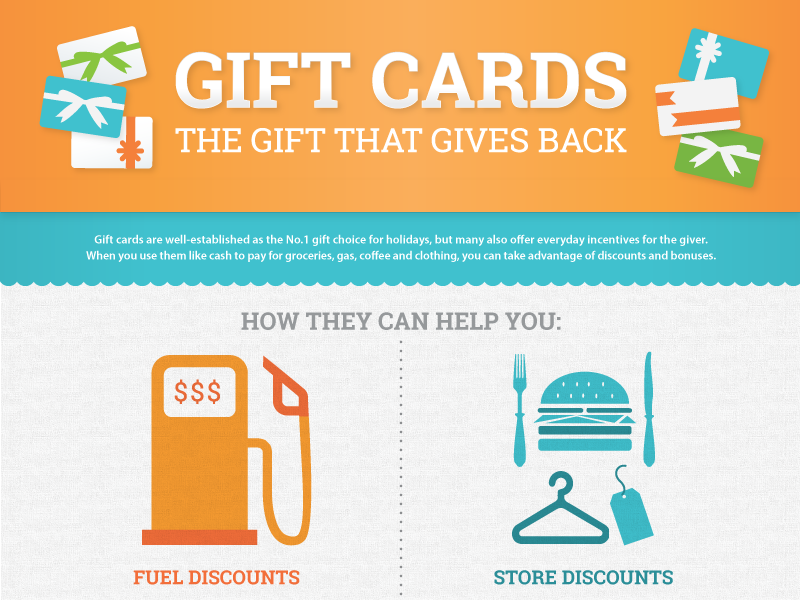Using UV laser inscription, artists can raise glass art to new elevations. From deep inscriptions that produce a responsive experience to surface area markings that are much more refined, the resulting artwork can astound and inspire.
To restrict cracking throughout laser engraving, use a slim coat of fluid dish soap to the surface area of your work surface. This will assist dissipate any warm brought on by the laser and avoid the inscribing surface from ending up being harsh.
Translucency
Glass might look breakable, but it's really a long-lasting material. You can locate cathedral windows constructed from glass that are over 500 years old. Glass is additionally extremely difficult and can hold up against some heavy tons. It can also be tempered, which makes it more powerful and extra resilient. This enables personalized glass to stay looking beautiful and intact for a very long time.
If you're presenting your personalized glass, it is recommended to put it on a top quality stand or structure. This will make the glass look more official and respected. Another choice is to utilize a light for your display screen. This will certainly illuminate your engraved glass, which can truly make it glimmer.
When inscribing glass, it is essential to use heat-resistant handwear covers. The particles developed during the process is extremely hot and can trigger burns if you touch it. It is additionally an excellent idea to work in a well-ventilated area.
Reflection
The different structures of sandblasted and clear glass develop one-of-a-kind visual effects depending on the light. When shown light is guided from the side, darkness cast over the irregular surface area of sandblasted glass, which can boost the perceived texture and add deepness to the style. When backlit, the sandblasted locations of glass are changed right into a diffused light panel, softly lighting the piece and highlighting its frosted how glass engraving works sections.
Engraving is a type of design on glass utilizing a device to abrade the surface area to leave a mark, from the extremely easiest diamond-point hand devices to complicated equipment. It is a part of glass art, together with etching and cut glass.
Up until just recently, producing inscriptions was an extremely labor-intensive and costly procedure. The creation of very first sandblasting and after that laser etching considerably decreased the price of glass inscription, making it feasible to buy a lot more individualized engraved pieces. It likewise enables the creation of designs that could not be produced with earlier approaches.
Openness
The crystal quality of etched glass makes it a sophisticated canvas for complex styles that serve both aesthetic and practical functions. Whether it's for decorative art, awards, or custom-made glass wares, the combination of sophistication and function sets engraved glass apart from various other imaginative tools.
Engraved glass is also long-lasting. It can be located in sanctuary home windows that have actually made it through for more than 500 years. It is immune to one of the most rough wear and tear, making it a durable and functional selection for industrial spaces or residential homes.
The inscription process uses warmth to soften the glass and make it flexible enough for pattern imprinting. Relying on the preferred design, the etching can produce message or photos and can even provide depth for a 3D effect. The modern-day laser etching process can work with the surface area of the glass as well as inside it. This allows for even more comprehensive images than the typical stipple process.
Color
Personalized glass is a type of attractive glass with a three-dimensional pattern or picture. It is usually used to create privacy without obstructing light and supplies a stylish look for homes.
The earliest engraving strategy includes incising the design right into glass with a turning copper wheel fed with abrasives. Extra contemporary techniques consist of diamond scribing and stipple inscription. The latter jobs by tapping a really hard, sharp point (commonly tungsten carbide) onto the surface of a glass piece to make small dots. By varying the thickness of the dots, different tones can be created, from black to white.
Lasers are the newest glass inscribing technology. They make use of a focused light beam of monochromatic light to warm the glass, which vaporizes and splits it. The laser's precision permits detailed layouts, but it is necessary to use a jig or clamps to safeguard the glass to avoid activity that can result in imbalance. This is particularly essential for glass that has been engraved or sandblasted.
